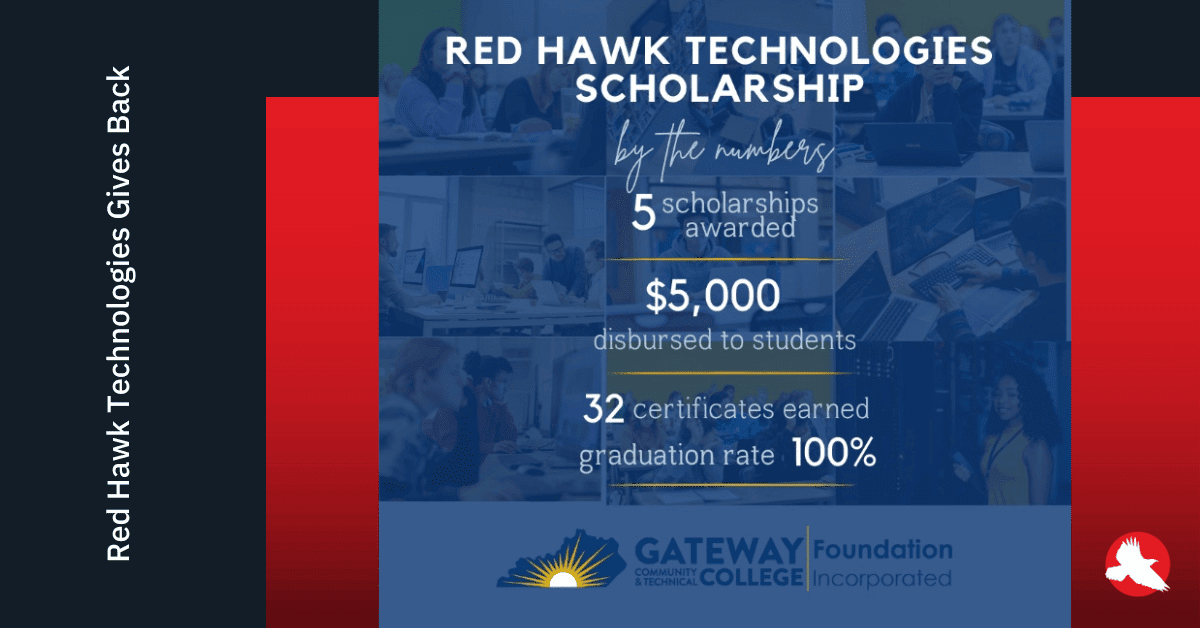Mobile Apps have become an essential part of our daily lives. From ordering food to booking an Uber, we rely on apps for almost everything. In 2024, mobile apps generated over $935 billion in revenue, as a result, the demand for app development services has skyrocketed. If you are planning to build an app, you have come to the right place. In this article, we will provide you with a comprehensive guide on mobile app development, from idea to launch.
Understanding Mobile App Development
I’m sure anyone reading this is already aware, but just to make sure we are all on the same page. App development is the process of creating software applications that run on mobile devices such as smartphones and tablets. There are two primary platforms for app development: iOS and Android. iOS is used by Apple devices such as iPhones and iPads, while Android is used by devices made by various manufacturers, including Samsung, Google, and others.
1. Creating Your App Idea
The first step in app development is creating an idea for your app. Your app idea should be unique, innovative, and solve an expensive and meaningful problem. You can brainstorm ideas by considering what recurring problems your customers are faced with and think about how an app could solve those issues. Be vulnerable and consider if the problems the customers are experiencing are a result from your organization's processes, or lack thereof. An application that removes friction in your customer journey will generate loyalty, and if your idea is transformational, you can change the competitive landscape, creating a significant advantage in the market.
We offer a free DIY Tech Innovation Workshop you can lead with your team. If you need facilitation to get things going, we also offer facilitated workshops, book a quick call and we’ll get you scheduled.
2. Defining Your Target Audience
Once you have an app idea, the next step is to define your target audience. You should consider factors such as demographics, location, interests, and role within an organization while defining your audience. Understanding their needs and preferences will help you create an app that caters to their requirements.
3. Choosing the Right Development Platform
Choosing the right development platform is critical in app development. You should choose the platform that best suits your target audience. iOS and Android are the two primary platforms for app development, and each has its unique features and requirements.
In the first quarter of 2025, in the US, Apple's iOS holds the market share with 57.68%, while Android trails behind with 42.06% of the market. Verses globally, where Android demolishes its competitors holding a market share of roughly 71.88%.
Knowing the demographics of your target audience in step 2 will help you greatly in deciding which platform to build on.
4. Conducting Market Research
Before starting app development, it is essential to conduct market research to identify the competition and opportunities in the market. You should analyze the market to determine if there is a need for your app and whether there are similar apps already available.
5. Getting Leadership Buy-In
You have your million dollar idea, you’ve done your research, now you need leadership buy-in. In this article we offer simple tools and techniques to help you forecast the value created from your innovative IT concepts, which will significantly increase your odds of getting the budgets you need to move the organization forward, and contribute to the bottom line. This is what appeals to business leaders and allows you to get buy-in on IT initiatives.
6. Develop In-house or Outsource
When developing your app, you have two choices: hire in-house software developers or outsource to an experienced firm. If you choose to outsource, we have 6 Must Ask Questions for you to ask to help in your due diligence.
Red Hawk Technologies specializes in Mobile App Development. For examples of our previous work, please review our Capabilities Deck.
7. Creating Wireframes and Prototypes
Wireframes and prototypes are the visual representations of your app’s interface and functionality. Wireframes are the basic layout of your app, while prototypes are functional models that allow you to test your app’s functionality. Creating wireframes and prototypes is crucial in the app development process as it allows you to refine and iterate on your app design.
8. Developing Your App
The app development process involves coding and programming your app’s functionality and user interface. You can hire an app development company, like Red Hawk, or a team of developers to create your app. Ensure that your developers are experienced and have a proven track record in app development.
9. Testing and Debugging Your App
Testing and debugging are crucial steps in app development. You should thoroughly test and QA your app’s functionality and user interface to ensure that it works as intended. Testing helps identify any bugs or errors in the app, which can be fixed before launch.
10. Launching Your App
After testing and debugging your app, it’s time to launch it. Depending on the platform you chose to develop the app for you will launch it either on the Apple App Store or Google Play Store. You should ensure that your app meets all the guidelines and requirements of the selected store before launching it.
11. Marketing Your App
Marketing is essential to ensure that your app reaches its target audience. You can use various marketing strategies such as social media, influencer marketing, and paid advertising to promote your app. You should also consider app store optimization to improve your app’s visibility and increase downloads.
12. Ongoing Maintenance and Support
We have all experienced our phones restarting due to a mandatory update when we plug them in to charge. Technology is evolving at lightning speed, OS updates are happening more frequently than ever before.
Be prepared, what you build today is not guaranteed to work tomorrow.
At Red Hawk, our Software Development-as-a-Service (DaaS) business model bundles services for a fixed monthly fee, not only making DevOps simple, but affordable as well. It’s critical to understand your total cost of ownership (TCO) over an extended period of time. Including TCO in your budget is needed to forecast the ROI and will help make or break the case for the investment.
From Idea to Reality: Building Your App
App development is a complex process that requires planning, research, and execution. By following the steps outlined in this guide, you can create an app that meets the needs of your target audience and stands out in the market. Remember that app development is an iterative process, and you may need to refine and iterate the app design and functionality as you go along. With the right team, tools, and mindset, you can turn your transformational concept into a successful mobile app.
In conclusion, app development is a critical aspect of the mobile revolution. With billions of mobile devices in use globally, the demand for apps has never been higher. Whether you are creating an app for personal or business use, the key to success is understanding your audience, conducting thorough research, and choosing the right development platform. By following the steps outlined in this guide, you can create an app that delivers value and enhances the lives of your users. So what are you waiting for?
Clarify and Define Your Big Idea
Use these easy-to-follow presentation slides to facilitate your own tech innovation workshop:
- Explore your vision for a new web or mobile app
- Define your goals and audience
- Outline logistics and required technology
- Move toward next steps in making your idea a reality

Download the Presentation
Reach New Heights
Read more articles about custom software development, mobile applications and technology trends from our team.

Beyond the Hype: AI Coding vs. Human Expertise

Red Hawk Technologies Soars into Cincinnati Business Courier’s Fast 55!

How Private Equity Firms Can Use Technology to Drive Value



